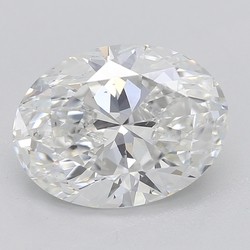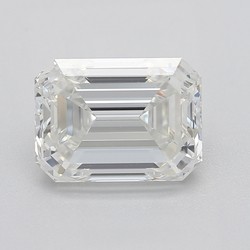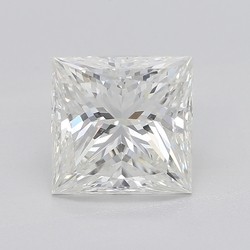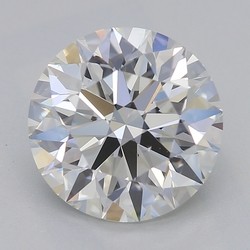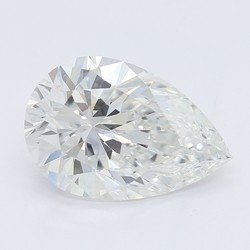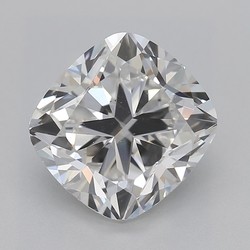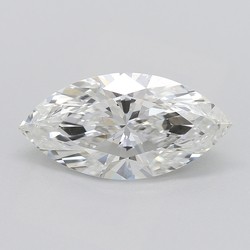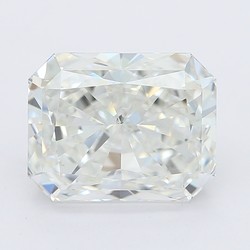Diamond Clarity: The Insider’s Guide
Key Takeaways
- Clarity is a fascinating subject, and it’s a great area to get your head around if you want to avoid wasting money on ‘invisible’ aspects of a diamond’s quality.
- Flawless diamonds are fascinating, but they’re not what most shoppers need (or want) to spend money on.
- The best level of clarity is one that appears eye clean, without going higher than it needs to. For instance, an SI1 diamond that looks eye clean will represent a much better choice than a VVS1 (or even a VS1) diamond that looks just as good.
- Remember to focus on what’s visible to you and your jeweler, rather than what’s plotted in the diamond report.

As one of the Four Cs, diamond clarity is likely to be a phrase you get pretty used to hearing, even in the very early days of your search. This is, of course, no bad thing; nobody want to invest thousands of dollars into a diamond that already came out of the ground looking damaged or dull, particularly when it’s intended to be given as a sign of your love and commitment to your partner.
But the trouble starts when shoppers get too caught-up on the subject of clarity. Yes, it’s status as one of the Four Cs makes it a vital point to research and talk about with your jeweler, but it’s not the most important factor to consider – even when you’re preoccupied with getting as much sparkle out of your diamond as possible.
People who are overly worried about clarity need to brush up on their facts just as much as those who are taking a more blasé approach to the subject – and even those who are sitting on the fence could do with learning as much as possible before it’s too late.
With that in mind, here’s everything you need to understand about clarity – including where it needs to fall on your list of priorities – before you invest a single dime into a diamond.
- The Basics
- What is an Inclusion in a Diamond?
- How Are They Caused?
- What is a Blemish in a Diamond?
- Are Included Diamonds Worthless?
- What is the Diamond Clarity Chart?
- The Significance of Diamond Clarity
- The Clarity Grades Pros and Cons
- Flawless diamonds
- VVS1 and VVS2 diamonds
- VS1 and VS2 diamonds
- SI1 and SI2 diamonds
- I1 and I2 diamonds
- Interpreting Diamond Clarity
- Our Summary
The Basics
It’s one thing to launch into a discussion about the different clarity grades – but, for that to mean anything to you, you’ve got to start off by understanding what an inclusion or blemish really is first.
What Does Clarity Mean?
Clarity specifically refers to the extent to which a diamond features inclusions and blemishes, which are flaws that can be seen within the diamond’s structure (these are natural inclusions, caused during the diamond’s development underground), or on the surface (natural or man-made blemishes).Diamonds are graded on their 4 C’s: color, cut, carat (weigh), and clarity on specially designed GIA scales. The clarity of a diamond is graded on its visual appearance and how many inclusions or blemishes it has. A diamond’s clarity can affect its value and overall price and is graded on a scale from Internally Flawless (IF) to Inclusions 2 (I2). Eye clean diamonds are included within the clarity spectrum and can be found in various grades, such as Si1 or Vs2 diamonds. Inclusions can be so small that they are not even visible under 10x magnification. In these instances (which are, admittedly, extremely rare) the diamond will be given a clarity grade of FL or IF, meaning ‘Flawless’ or ‘Internally Flawless’. It will still have inclusions, but they will be too small even for the jeweler’s usual tools to see.There are, however, two important things to keep in mind when it comes to flawlessness. First of all, it’s not only rare but highly coveted among collectors, meaning that a flawless diamond – even a pretty small one – will go for an extremely high price.Secondly, their appeal primarily lies in the rarity of an FL or IF grade, rather than their appearance, since even VS2 diamonds – five grades lower than FL – can appear to be free of inclusions, even though they are definitely there. So, this brings us round to the most important takeaway of all: eye cleanliness is a totally different thing to clarity, which looks deep beneath the surface of the diamond and into areas far too small to be seen without the proper equipment.
What is the Diamond Clarity Chart?
Commonly referred to as the Diamond Clarity Scale, it represents a number of different ‘levels’ for diamond clarity, used by jewelers and shoppers to quickly identify the quality of a diamond.
There is no universal diamond clarity scale, and many labs – the GIA, AGS, HRD and EGL included – offer their own approach (with some similarities) to grading clarity.
At WillYou.Net, we always recommend that our readers focus their search on GIA graded diamonds – and, for that reason, we will focus on the GIA’s system throughout this article.
The Significance of Diamond Clarity
Given how frequently it’s mentioned in guides to diamond buying, it’s no surprise that so many shoppers start to worry over investing into the highest clarity grade they can afford. However, overthinking this feature can be just as detrimental as underthinking, so here’s what you need to know about the significance this C holds for the other three Cs of diamond quality.
Does the Clarity of a Diamond Really Matter?
Yes, but not as much as you might think.
We will go through this in much closer detail throughout this article but, for now, it’s important for you to build a ‘frame of reference’ for diamond clarity.
It is vital that you pay attention to your diamond’s clarity grade – but it is equally vital that you understand how easy it is to waste your money on this one aspect.
For an engagement ring, the wisest decision any shopper can make is to choose a diamond that features no visible inclusions, rather than agonizing over each grade individually. And, thankfully, doing so is actually much easier than it sounds…
What is the Best to Worst Diamond Clarity?
While FL and IF represent the best diamond clarity grades, and I1 and I2 the worst, it’s all a little more complicated than that…
The GIA has established a very high standard for diamond clarity, and typically grades one or two levels higher than some of the less-respected labs that offer grading services.
The grades run as follows:
- FL – Flawless
Even a skilled grader cannot detect any inclusions under 10x magnification. - IF – Internally Flawless
Even a skilled grader cannot detect any inclusions, although some blemishes are present. - VVS1 – Very, Very Slight Inclusions 1
A skilled grader can identify some very minor inclusions, although with great difficulty. - VVS2 – Very, Very Slight Inclusions 2
A skilled grader can identify some very minor inclusions, although with difficulty. - VS1 – Very Slight Inclusions 1
Featuring inclusions that are easier for a skilled grader to spot under magnification. - VS2 – Very Slight Inclusions 2
Inclusions are ‘somewhat easy’ for a skilled grader to identify under magnification. - SI1 – Slight Inclusions 1
Inclusions are more noticeable under magnification. - SI2 – Slight Inclusions 2
Inclusions are very easily noticeable under magnification. - I1 – Inclusions 1
Inclusions are obvious under magnification, and might impact the diamond’s visual clarity and brilliance. - I2 – Inclusions 2
Inclusions are obvious and significant, and will impact the stone’s appearance.
Clarity impacts the visual quality of a diamond but, far more than that, it impacts the value of a diamond.
Plenty of the grades listed above can be ‘eye clean’ – or, in other words, feature inclusions that are only noticeable under magnification, not when you’re actually holding (or wearing) the diamond outside of the lab.
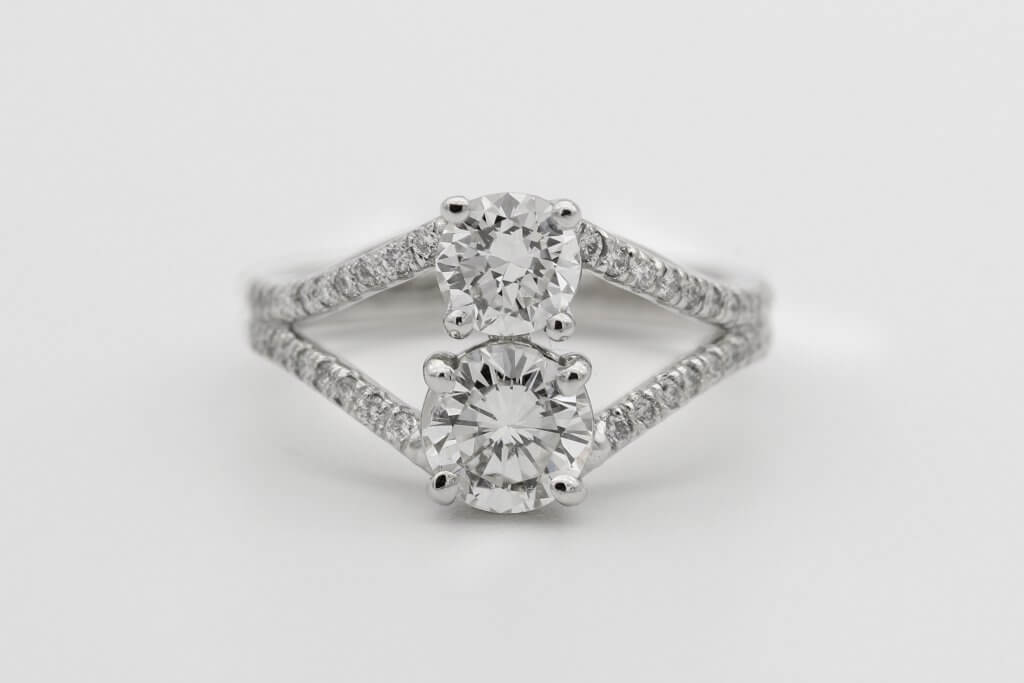
How far down the diamond clarity chart you can go before eye clean diamonds are no longer an option depends on the carat weight of the diamond, and its shape, but, generally, buyers will find an excellent and beautiful stone between the SI1 and VS2 grades.
The difference in financial value between a diamond of one clarity grade and one of another is much more noticeable. While the difference between two consecutive grades at the lower end of the scale tends to be around the $1,000 mark, a VVS1 diamond can be more than double the price of an SI2 diamond of the same weight, color and cut grade – even if both diamonds show no visible inclusions.
What is the Clearest Diamond Grade?
On the GIA’s Clarity Scale, FL diamonds are clear of any inclusions or blemishes – and the rarest diamonds in circulation today.
For many first-time shoppers, finding out that the overwhelming majority of diamonds on the market today are flawed can be worrying. They want to know how they can avoid the sheer number of included diamonds out there, and actually find one that will live up to their partner’s expectations.
The reality, however, couldn’t be more different. For anyone shopping for an engagement ring, it is far more advisable for them to get used to the idea that almost every diamond out there is flawed – and that, yes, theirs will be, too.
FL diamonds are hardly ever used for engagement rings. They cost thousands – if not tens or hundreds of thousands – of dollars more than other diamonds that, away from the lab’s lighting and microscopes, look exactly the same.
What About SI3?
The SI3 grade for diamond clarity is controversial, and not one that we recommend our readers invest into.
This grade is not used or recognized by the GIA. It was created by another grading lab, known as EGL – or the European Gemological Laboratory – back in the 1990s. It was intended to offer a ‘middle ground’ between the SI2 and I1 grades, for diamonds that were not quite up to the standard of the SI2 grade, but, in the EGL’s eyes, not poor enough in quality to be given an I1 grade.
This doesn’t sound so bad until you consider the fact that, for many shoppers, the SI grades (SI1 and SI2) represent a great place to find eye clean diamonds for a lower cost. Labelling diamonds that the GIA would consider I1 as part of the SI clarity category risks misleading buyers, and suggesting quality where it is actually lacking.
We mentioned before how the GIA holds a very high standard for diamonds – the highest in the industry, in fact. Any diamond that a less-stringent lab like the EGL considers to be worthy of an SI3 clarity grade will likely fall into the I grades for the GIA, so our advice is always to steer clear of diamonds featuring this grade.
The Clarity Grades Pros and Cons
Still confused about what grades you should be aiming for – and which ones you should be avoiding – if you want to get a good price on a beautiful, eye clean diamond? Here’s what you need to remember…
Flawless Diamonds
We’re including both the FL and IF diamonds in this category – namely because it’s next to impossible for you to track down an actual FL diamond. Even the chances of you finding an IF diamond are relatively slim compared with the other grades.
As such, the first con to these two grades is their rarity. This poses considerable appeal to collectors but, when you hold it up alongside the second con – price – it really doesn’t seem worth it at all. The final con is, of course, that nothing about your diamond’s appearance will be determined by its flawlessness. If you’re looking to create a true conversation piece, then it’s better to channel those extra funds into carat weight, rather than clarity, as larger diamonds are what garner admirers, and make a lasting impression.
VVS1 and VVS2 Diamonds
The obvious pro to these clarity grades is their proximity to the flawless grades. No matter what carat weight you’re looking at, you won’t struggle to find a diamond that appears perfectly clean and flawless, since they sit just one or two levels below the highest grades there are.
The cons are pretty similar to IF and FL diamonds, however. VVS1 and VVS2 diamonds are significantly less expensive than flawless diamonds, but they still fetch a premium for two main reasons: they’re easier to come by, and only marginally lower in quality. They also tend to draw in buyers who have not done their research on the clarity grades, and who think the only way to avoid visible flaws is to stick to the VVS grades.
The bottom line on these grades is this: if you opt for a VVS1 or VVS2 diamond, you will probably wind up spending thousands of dollars more than you need to.
VS1 and VS2
For those shopping for larger diamonds, these two grades are often considered to represent a sweet spot between excessively high prices, and the risk of noticeable imperfections. We are inclined to agree with them, since no one – not even a skilled grader – will be able to identify any difference between a VVS1 and a VS1 diamond without lab lighting and magnification tools.
VS1 and VS2 diamonds are also far more common, offering a wider array of choice and much more leeway for buyers to invest in size and cut quality – and, of course, color.
In fact, one of the most influential diamonds in the world – the Krupp diamond, once owned by Elizabeth Taylor and weighing in at 33.19 carats – was graded by the GIA as VS1. Some reports state that the diamond has the potential to be IF clarity if it undergoes a re-cut, but, as it stands, the diamond sits much further down the clarity scale.
The only major con is the fact that, a little like the VVS grades, VS1 and VS2 can still cause buyers to spend more than they need to. Here’s why…
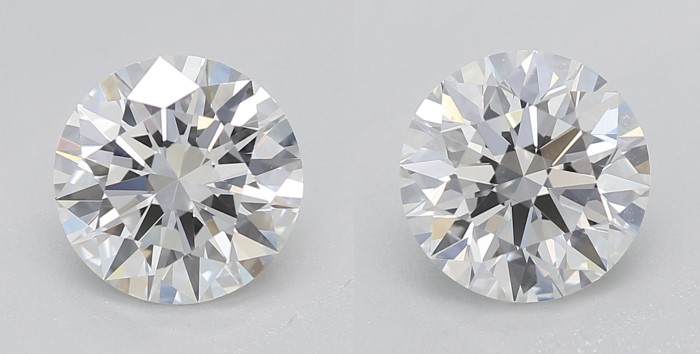
SI1 and SI2
In so many cases, the SI1 and SI2 grades represent the best choice for engagement rings and other pieces of fine jewelry. While many diamonds graded SI1 and SI2 will be accompanied by diamond plots that set alarm bells ringing for inexperienced shoppers, a huge variety of these diamonds appear totally eye clean – even to experienced jewelers who know what to look for, and how hard to look for it.
SI1 and SI2 diamonds are considerably cheaper, and we recommend all shoppers take full advantage of that fact.
There are, however, two things to keep in mind. First of all, you’re not going to want to invest in a diamond of SI1 or SI2 clarity without seeing it in person first, and judging its appearance for yourself. While they don’t make sense financially, investing into VVS1 diamonds is easier, as you don’t need to second-guess whether or not it will be eye clean.
Secondly, you’ll need to ensure that the diamond has been graded by the GIA – or, as a second option, the AGS. Why? Because these two labs represent the most rigorous, and that means that diamonds graded at this level meet a very strict criteria.
A diamond graded SI2 by one of the less-exacting labs could easily be considered I1 (or worse) by the GIA or AGS. As such, it makes the most financial sense to stick to these two labs only.
The main con to this grade is the fact that some larger SI1 and SI2 diamonds will not be eye clean. Also, finding an eye clean diamond that features a shape not known for masking inclusions – such as the Emerald – might prove trickier to find at this grade, but certainly not impossible.
I1 and I2
You might be surprised to find out that it’s possible to find an eye clean diamond at an incredibly attractive price as low as I1, but you can. While it won’t be as easy to find one at this grade as it is at the VS and SI grades, and we’re not advising you to search for your dream 3 carat Asscher at this grade, it’s still a distinct possibility for many shoppers.
Our advice? The best person to help you find that sweet spot is a good jeweler. They won’t rule-out the I1 grade straightaway, and may be able to track down an excellent find for you.
I2 graded diamonds are less likely to yield good results. In both cases, you should never invest in a diamond without seeing it first, and without consulting with your jeweler on its value for the piece you are creating.
Interpreting Diamond Clarity
Until you see the diamond in person, you’re going to have to rely on its GIA report to get a handle on its clarity – so it certainly pays to be able to understand what’s been printed, and what it means for you and your investment. The
First off, Here’s How Your Diamond’s Clarity was Graded…
The GIA will assign at least two expert graders to every diamond they receive, and a final grade is only given once a consensus can be reached. If necessary, additional graders will be asked to consult on the diamond until they are able to reach that vital agreement.
Diamonds are analyzed under 10x magnification, which is why so many of the inclusions identified during this process don’t matter to shoppers. Neither you or your partner is ever likely to analyze your engagement ring under a loupe (a special magnifying tool used by jewelers and graders), so you don’t need to set your alarm bells ringing just because the diamond plot looks pretty full.
That brings us onto the next resource you’ll have at your disposal, alongside the grade itself: the diamond plot. This is a diagram used to detail each and every inclusion identified by the diamond’s graders, using various symbols to represent the different types of flaws present – and, of course, their size and location.
This is very useful for anyone who wants to really understand the diamond they are investing in, and notes down your chosen diamond’s distinguishing features – a pretty interesting detail to know.
How do You Read a Diamond Clarity Chart?
Within your diamond report, you will find a key noting all the symbols that are relevant to your diamond’s inclusions and blemishes. With these, you can treat the diagram like a detailed map of your unique diamond.
The diagram is not drawn to scale, and shouldn’t be confused with the diagram above it, which details proportions. It will feature a rough depiction of your diamond’s face-up appearance, and the view from the pavilion.
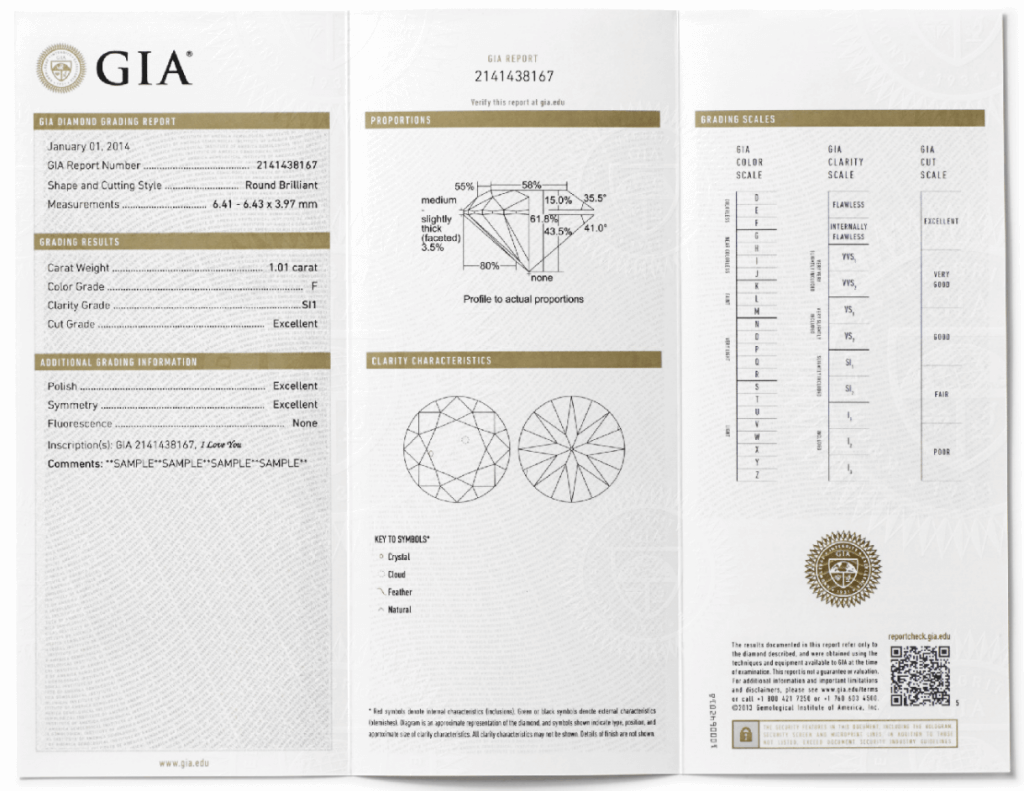
Usually, if an inclusion is not listed within the diagram, it is because it is not relevant to the clarity grade a diamond has received. For instance, if the diamond features a major inclusion that results in an I2 clarity grade, and a very minor cloud, this cloud may not be addressed in the diamond’s plot.
Where the key to the grader’s symbols is given, the most significant inclusion will be listed first – although laser drill holes will always be listed first.
Our Summary: How Do You Get Clarity Right?
There’s no straightforward answer to this question, but, provided you understand how the clarity grades impact the diamond – both microscopically, and visually – it’s easy to tackle clarity alongside the rest of the Four Cs, rather than investing your entire budget into a small, but technically perfect, stone.
Here are your top considerations:
- Don’t sacrifice eye cleanliness
It’s totally understandable that some shoppers will start to consider whether they need to worry all that much about clarity at all. After all, when a guide is instructing you to focus your search on the very tail-end of the clarity scale, rather than objectively better grades, there will probably come a point where you start to doubt whether inclusions are that bad at all.
This is a mistake, since crossing the line between ‘eye clean’ and visibly included means spending a lot of money on a diamond that will always be let down by its own flaws. They can be much harder to overlook than you first think – especially when you begin to notice a slight lack of sparkle compared with other diamonds that are eye clean.
- Keep an open mind
At the opposite end of the spectrum from shoppers who feel tempted to take a carefree approach to inclusions, we have shoppers who, despite doing their research, can’t quite let go of the idea that the higher clarity grades make more sense, both financially and aesthetically.
In the end, some buyers will opt for these grades. There’s nothing wrong with that but, if you feel like going for one of these grades means that you have to sacrifice carat weight, cut quality, color, or a good investment into your ring setting, then you need to revisit your priorities.
The savings available for people who re-think the VVS – and even the VS – grades can easily translate to a substantially larger diamond, or a ring design that will live up to their partners’ expectations.
- Don’t put your faith in a photograph
We’ve mentioned this a few times already in this article, but it deserves to be restated here. Investing in any diamond online, without also going to see it in person, is a bad idea – and particularly if it is accompanied by a grade that sits below, say, FL, IF or VVS1 on the clarity scale.
Even then, however, we’d never recommend ‘buying blind.’ Going to see your diamond with a local jeweler to help guide you the rest of the way is always the wiser choice.
Not only can a diamond look better online, but it can also look worse. Diamonds are photographed in close-up, and the images you see are substantially larger than the diamonds themselves, meaning you’re more likely to pick out flaws and write these diamonds off as visible included – and, in doing, turn yourself away from a great find.
- Lean on your jeweler’s expertise
Even if you’re saving thousands, you’re still spending thousands. It’s not always easy to rely on your own judgement, particularly when so much is at stake. The biggest benefit to going the traditional route and working with a jeweler rather than an online store is the ability to take advantage of someone else’s experience and knowledge – and, of course, their eye for detail – so don’t skip this important step.
- Don’t assume every diamond is graded equally
The GIA or, as a second option, the AGS are the only labs we would recommend our readers put their faith into. While that’s not to say that every other lab out there is always wrong, independent research has found far greater inconsistencies from them that should be considered worrying by anyone shopping for a diamond today/
For instance, some chain stores rely on grading labs that have a vested interest in supplying good grades at speed. These labs generate a profit, and tend to take a looser approach to diamond grading than the GIA and AGS.
Making a good decision over your diamond’s clarity means finding a sweet spot, rather than forcing yourself into one end of the scale. It’s just as bad a decision to go too high as it is too low, so take your time over this aspect – but try not to over-think it.

Nov 15, 2023 By Willyou.net
Uncovering the Myths Behind VVS2 Diamonds
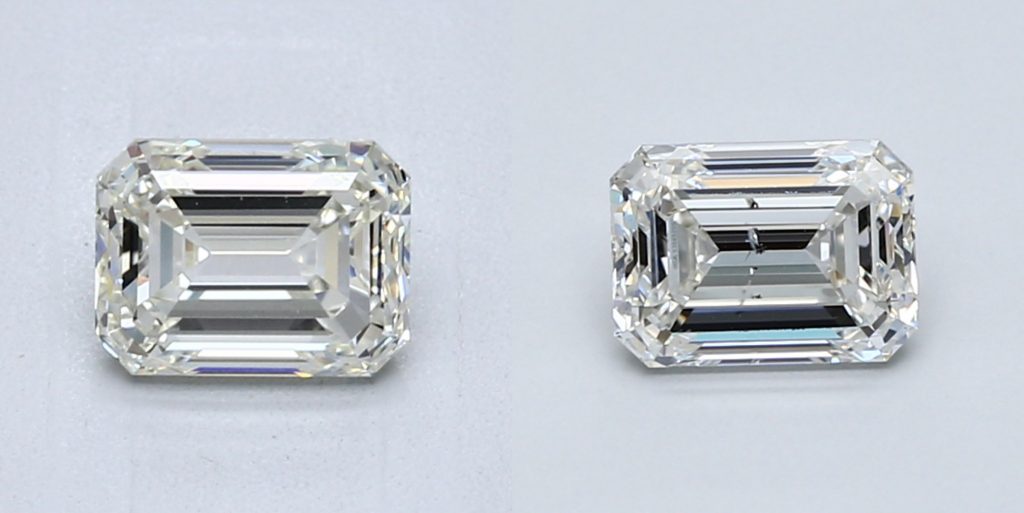
Jul 29, 2022 By Willyou.net
Eye Clean Diamonds: The Ultimate Balance In Clarity
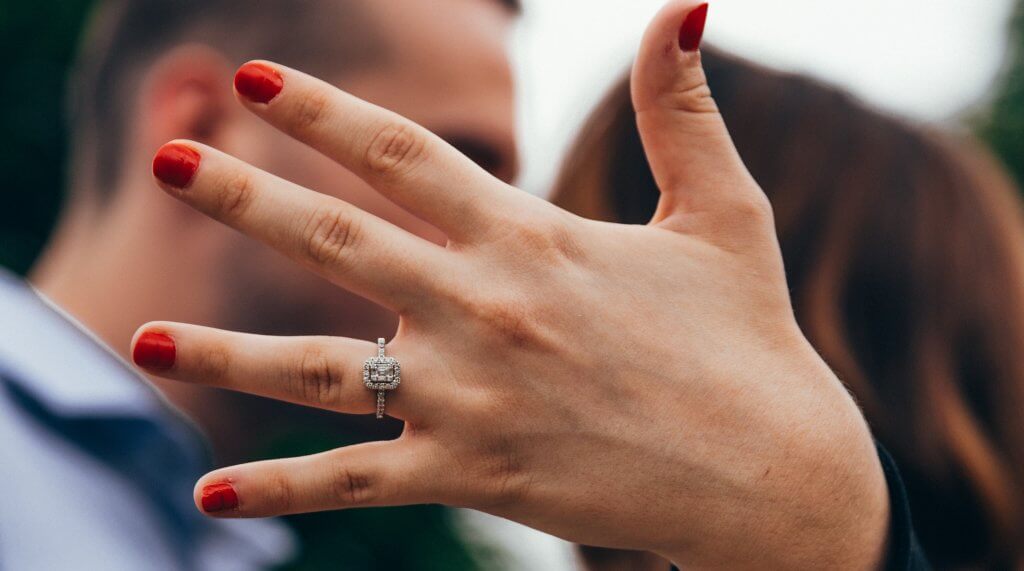
Jul 28, 2022 By Willyou.net
What is an Inclusion in a Diamond, and Which Ones Should You Avoid?
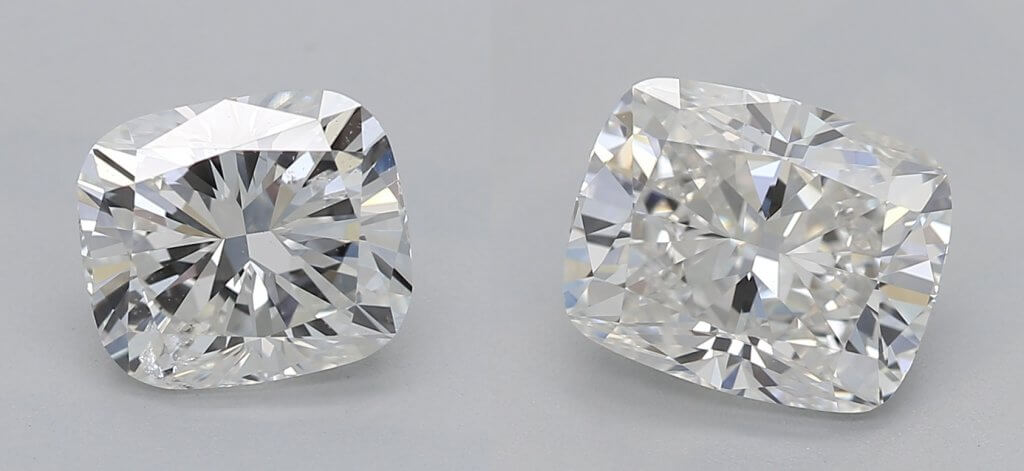
Jul 28, 2022 By Willyou.net
SI1 Vs SI2 Clarity – Who Wins?

Jul 28, 2022 By Willyou.net
SI1 vs Vs2 Diamonds – Which One is Better?
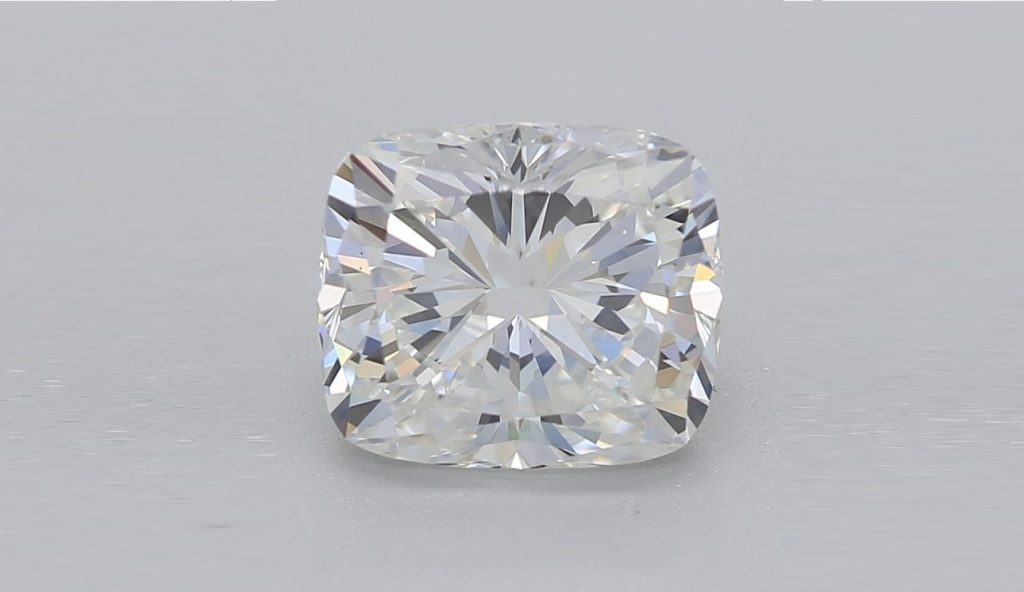
Jul 27, 2022 By Willyou.net
Are VS1 Diamonds Right For You?
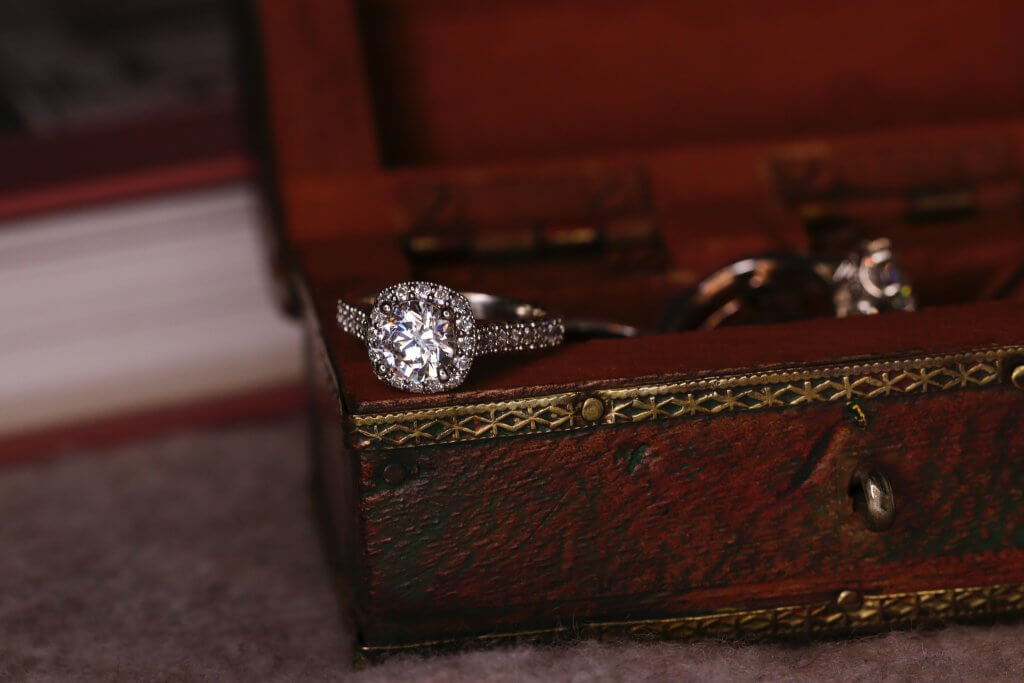
Jul 18, 2022 By Willyou.net
The Unexpected Side Of VVS Diamond Clarity Grade
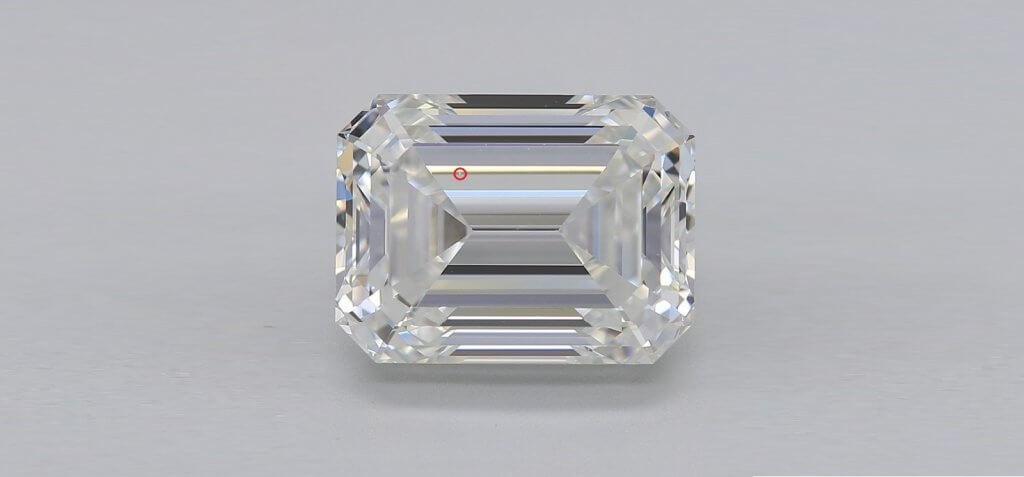
Jul 18, 2022 By Willyou.net
The Ultimate Guide To VVS1 Diamonds
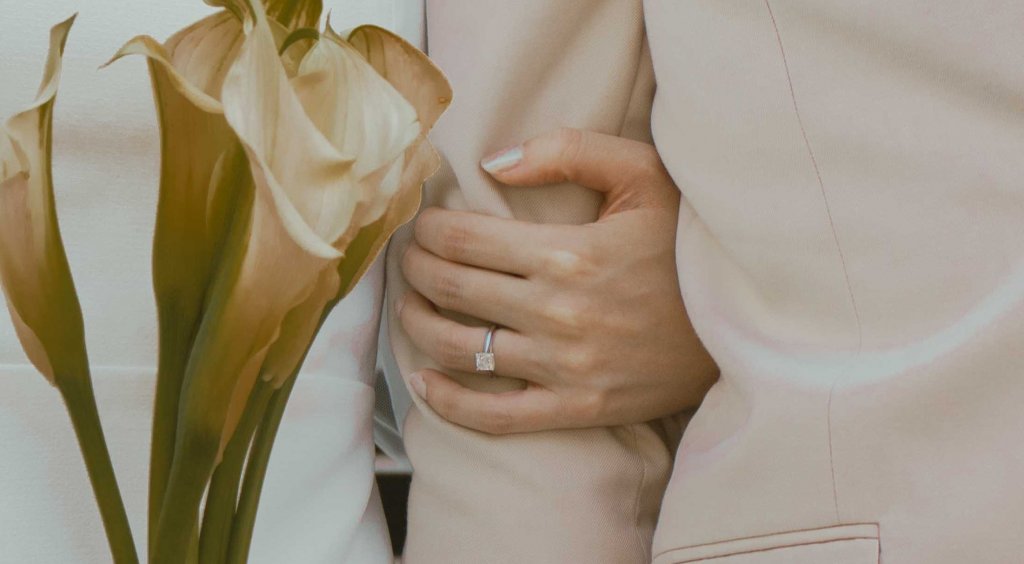
Mar 26, 2022 By Willyou.net
Discover The Rarity Of Type IIa Diamonds
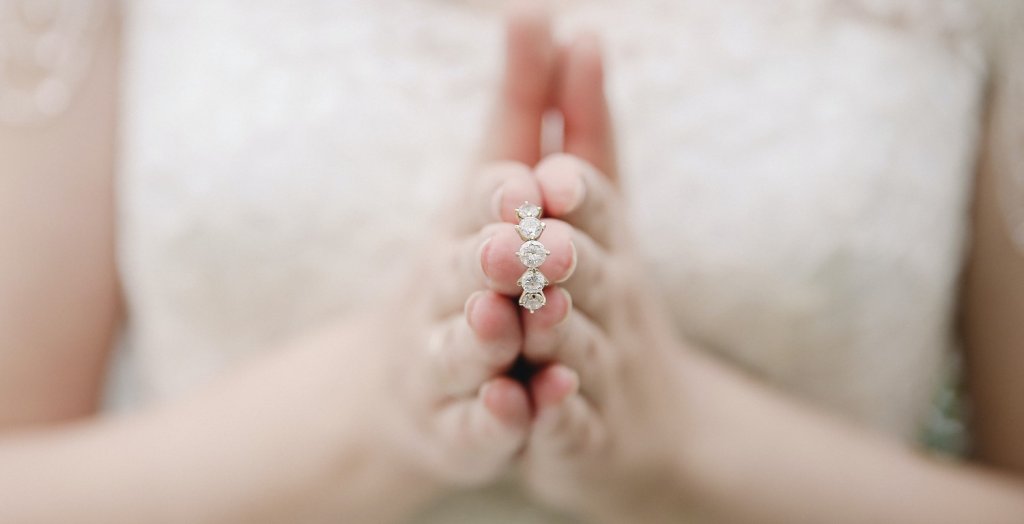
Mar 26, 2022 By Willyou.net
The Dark Side Of Diamonds: Black Spots

Mar 26, 2022 By Willyou.net
The Negative Effect Of Internal Graining On Diamond’S Value
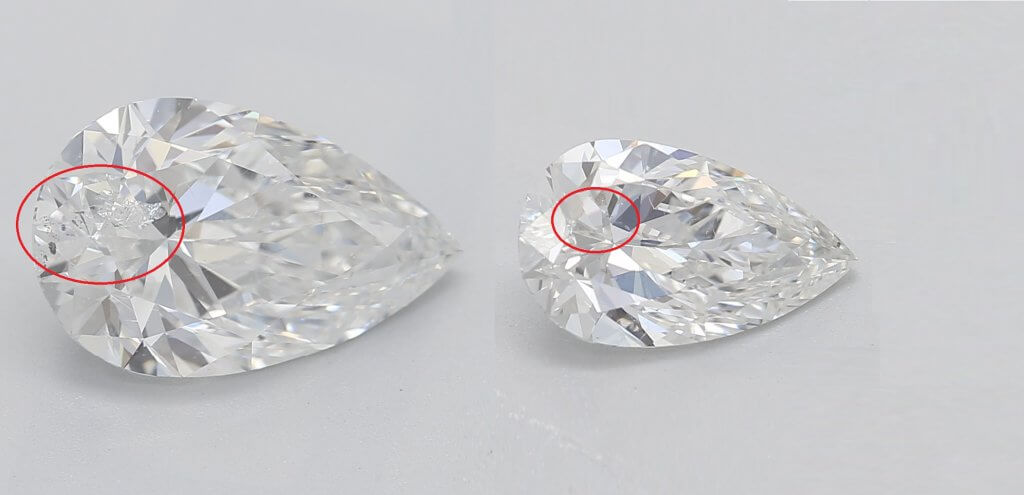
Mar 17, 2022 By Willyou.net
Avoiding Diamond Inclusions: The Key To Clarity
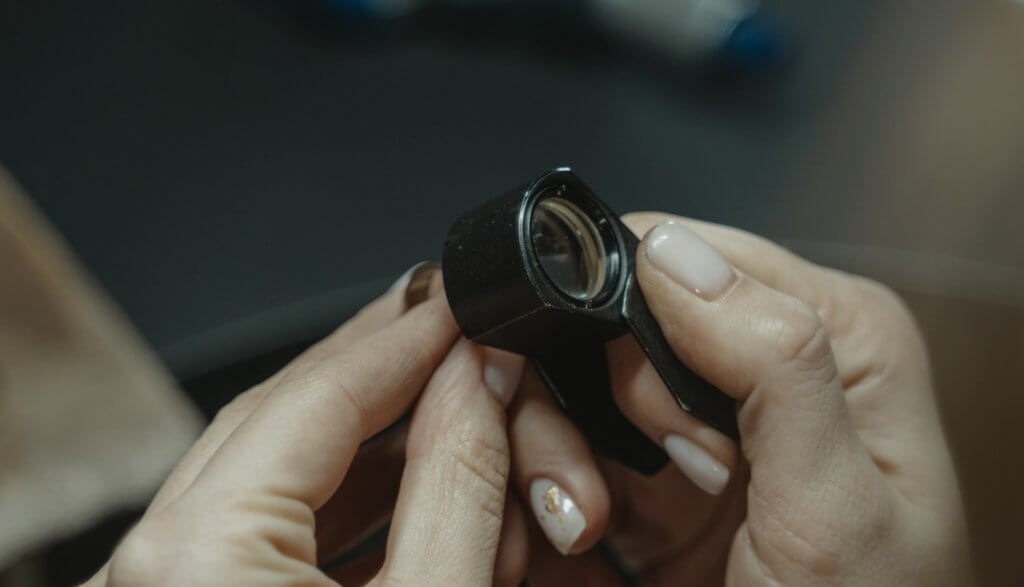
Mar 17, 2022 By Willyou.net
Master The Art Of Jewelry Inspection With A Jeweler Loupe
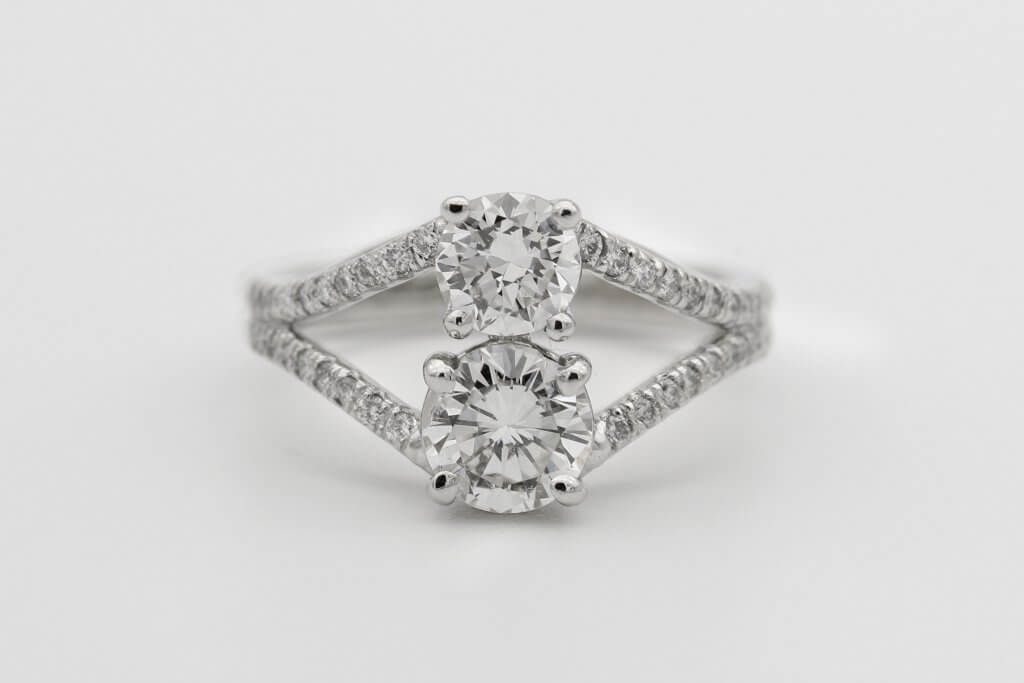
Sep 24, 2021 By Willyou.net
VS Diamonds: The Next Level Of Clarity

Sep 24, 2021 By Willyou.net
SI2 Clarity Diamonds: What You Should Be Aware Before Making A Purchase
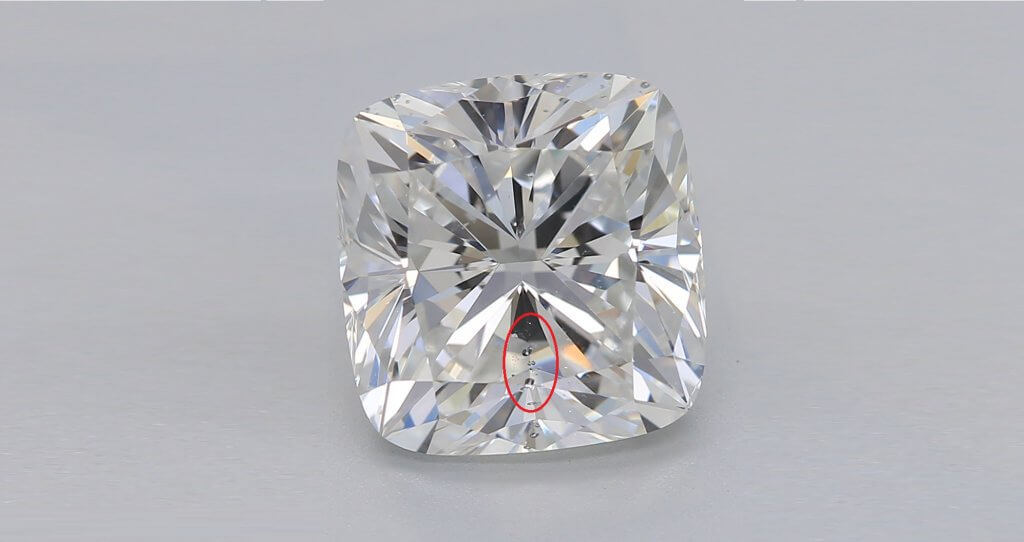
Sep 24, 2021 By Willyou.net
SI1 Diamonds: The Perfect Balance Of Clarity And Value
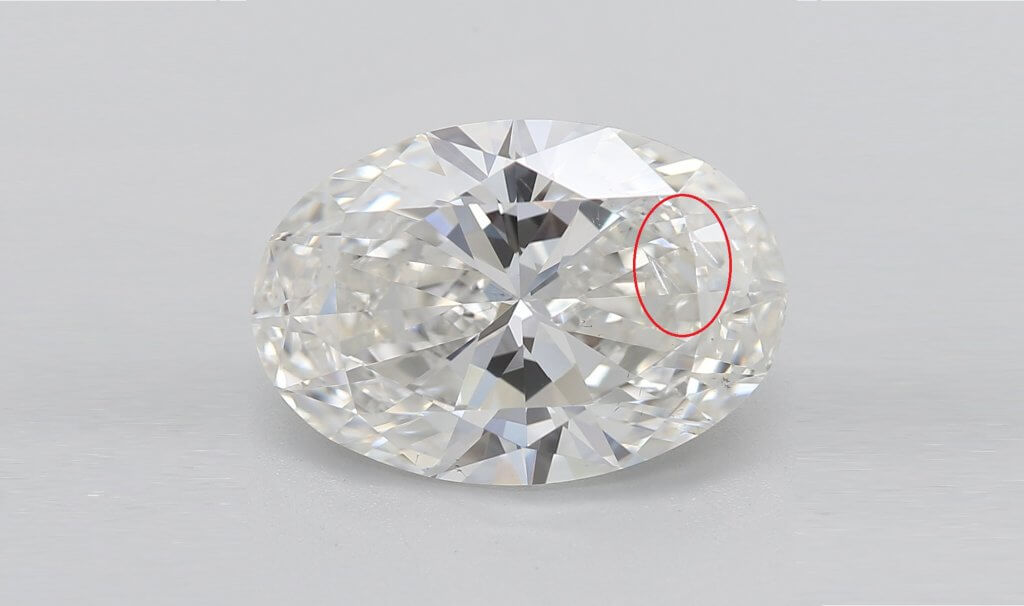
Sep 24, 2021 By Willyou.net
The Surprising Facts About Diamond Feathers
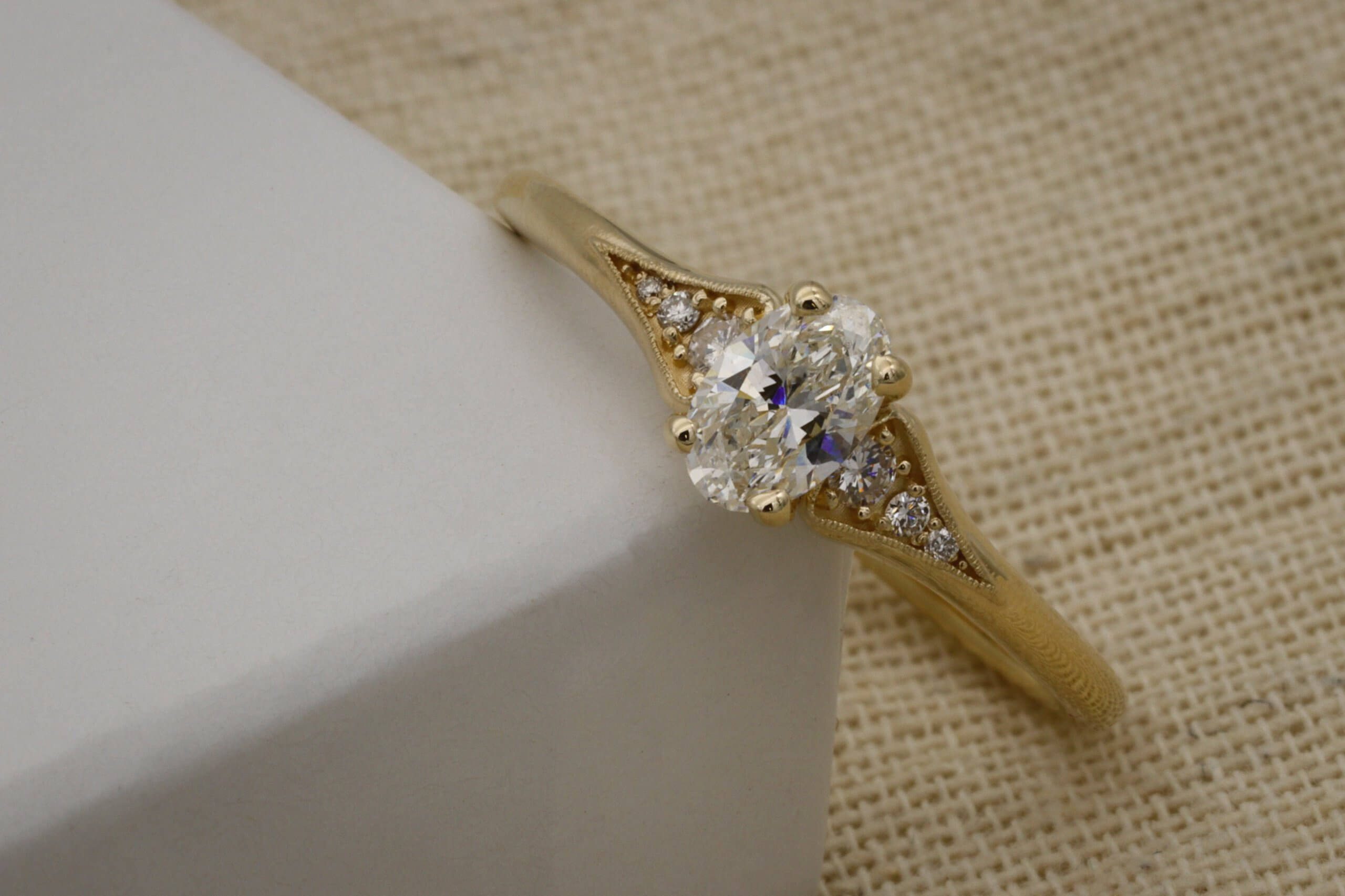
Sep 9, 2021 By Willyou.net
Why Flawless Diamonds May Not Be Worth The Investment

Sep 9, 2021 By Willyou.net
A Must-Know Guide To Diamond Clarity I1 And I2
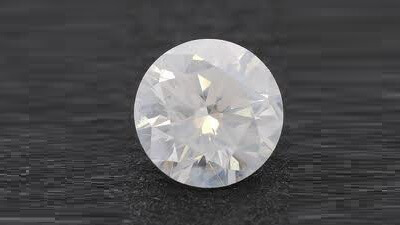
Sep 9, 2021 By Willyou.net
Cloudy Diamonds: What To Watch Out For
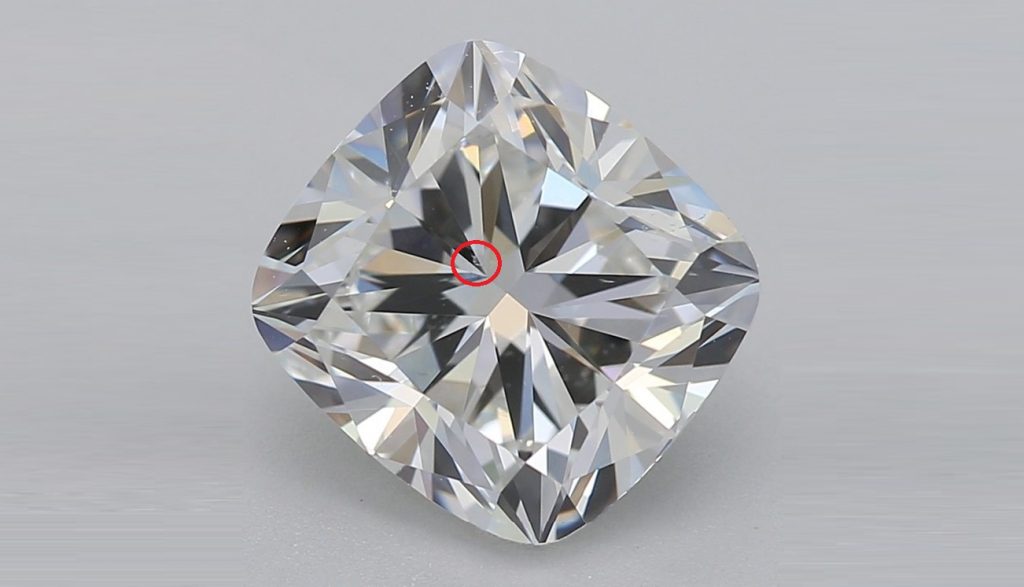
Jul 4, 2021 By Willyou.net
Choosing A VS2 Diamond: A Complete Guide

